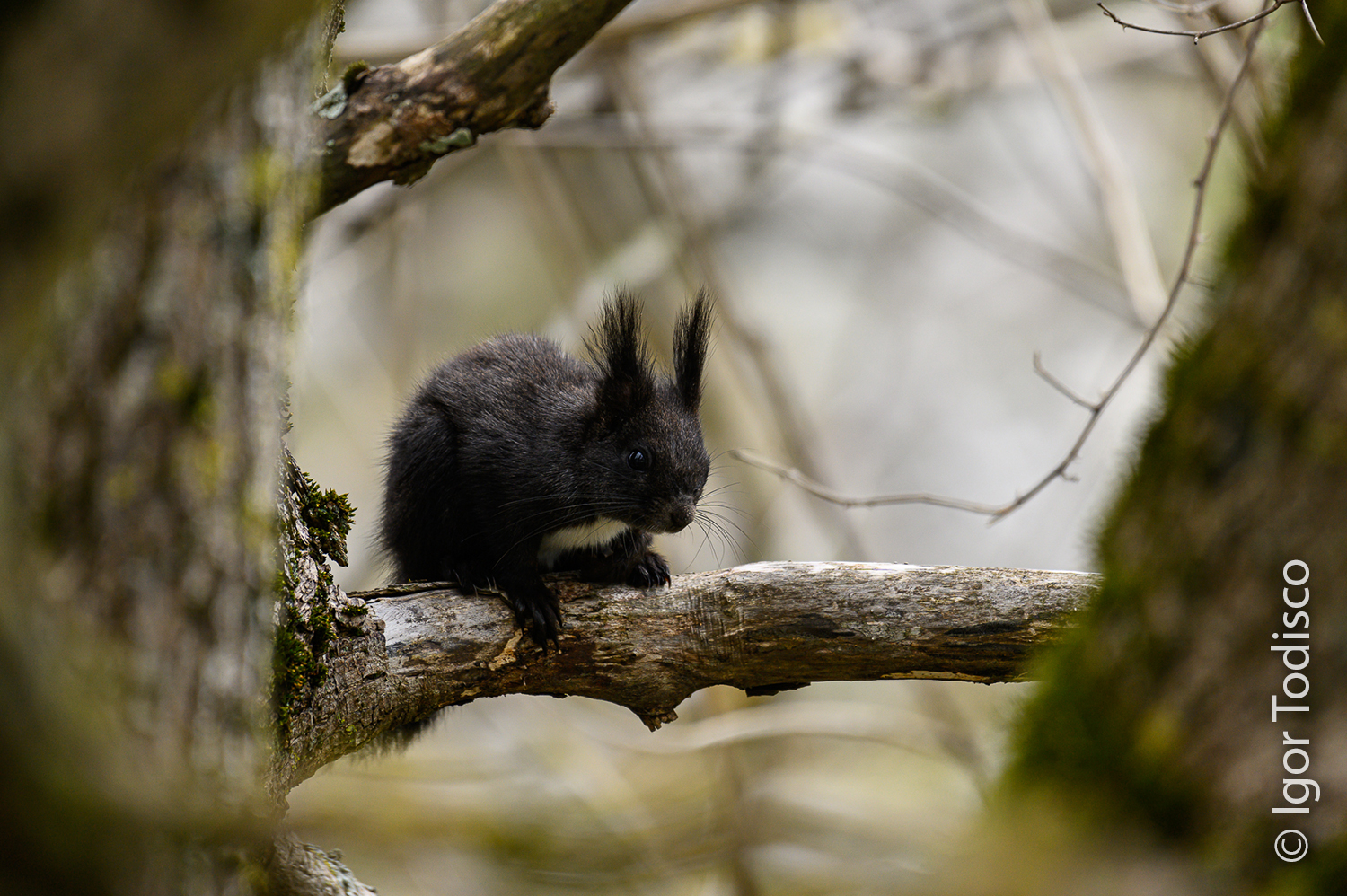Nature
Viticuso is situated at approximately 860 meters above sea level and is surrounded by small peaks that rise to about 1260 meters above sea level within the municipal territory, forming a sort of antechamber to the Mainarde massif. Due to its altitude, the area is to be considered exclusively mountainous.
To fully enjoy the flora and fauna present in Viticuso, as described on this page, along with the beautiful landscapes, we will list here a series of routes to follow using satellite navigation (GPS, GLONASS, Galileo).
PATHS
THE FLORA
The flora of Viticuso is exceptionally rich in diversity, boasting nearly 2000 species of higher plants, excluding mosses, lichens, and fungi. The beech forest can be considered the jewel of the country's woods, but in meadows and grassy areas, one can find numerous species of wild orchids, ranging from the common Anacamptis morio to the rare Lady's Slipper Orchid.
Aromatic and medicinal plants are quite common, such as oregano, wild fennel, dandelion, thyme, valerian, and many others.

THE FAUNA
The fauna of Viticuso showcases examples of exceptional value, featuring species of particular rarity and a wide variety of animals: 21 species of mammals identified, 65 of birds, 21 of reptiles and amphibians, and thousands of insect species.
A notable mammal among the inhabitants is the southern squirrel, which was discovered in 2017 as a new species. Thanks to an in-depth genetic, morphological, and ecological study, a team of Italian researchers, coordinated by the University of Insubria, found that the squirrel populations in southern Italy belong to a distinct species rather than a subspecies, as previously believed. The southern squirrel (scientific name Sciurus meridionalis), present in southern Italy, is a "close relative" of the common European squirrel (Sciurus vulgaris) found throughout the rest of Italy except for Sicily and Sardinia. This new species has a distinctive black coloration with a white belly, unlike the common European squirrel, which can vary from red-orange to dark brown. Researchers Adriano Martinoli, Damiano Preatoni, and Lucas Wauters confirmed the discovery of a new species after analyzing a large amount of genetic and morphological data (Source: Uninsubria).

The Sciurus meridionalis, inhabiting the forests of Viticuso, is therefore an Italian endemism, a species found exclusively in our country. This implies that the species is already at risk of extinction, both due to habitat reduction and competition with allochthonous species introduced by humans, such as the North American gray squirrel and the variable squirrel from Southeast Asia – true forms of biological pollution driven by human activities. Fortunately, the territory of Viticuso is still free from these contaminations, further enhancing the natural heritage that nature has bestowed upon us, the Viticuso residents. Spotting wildlife, especially mammals, is not always easy as they are elusive. However, under specific circumstances and during certain times of the day and seasons, with a bit of luck, one can observe even the most spectacular animals.

The text on this page is distributed under Creative Commons Attribution - Share Alike 4.0 International
